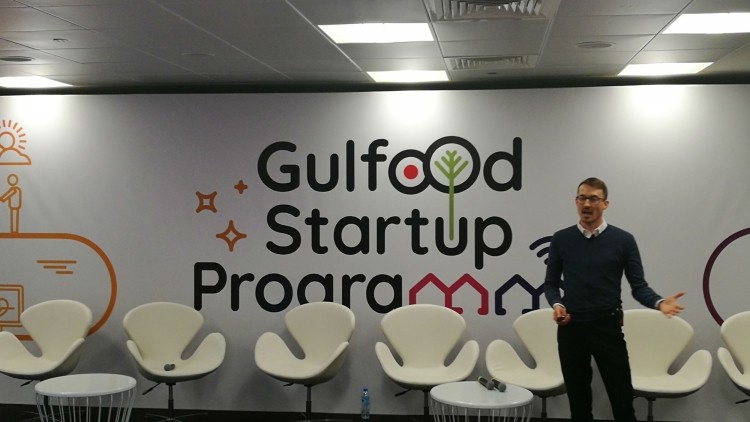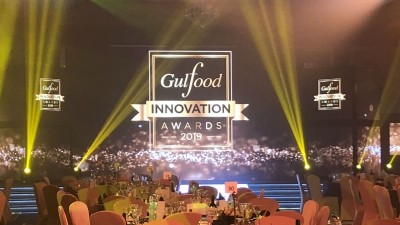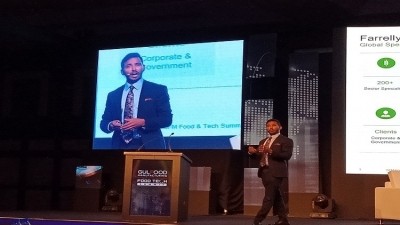Gulfood 2019
Four ways technology can help food and beverage start-ups stand out from the crowd

Michael Barsties told industry leaders and entrepreneurs gathered at the Gulfood Startup Activation Programme that there are four main ways to make use of technology in enabling start-up success.
OLIO is one of the most rapidly-growing F&B start-ups in the industry today. It is essentially a food-sharing app with a sustainability vision that works by connecting users both at a household and business level to enable surplus food and other items to be shared instead of thrown away.
Barsties said that: “OLIO piloted in July 2015, launched in January 2016 in the United Kingdom, and went global by October 2016. Now, we have over one million downloads […] and a presence in over 42 countries.”
“[This proves that technology really does work as an important enabler], and I want to give four examples of how technology helps us in what we are doing.”
1) The power of the many
One of the main ways that technology can play a crucial role in growing a start-up is by leveraging on its ability to reach many, many individuals whether these be participants, investors, volunteers or the like.
“At OLIO, [we see how technology can] plant a seed into people’s heads so they realise what they can do to help the environment. For example, in our ambassador programme, when people were interested but did not yet have a network in which to share food, we provided interested parties with tools to grow the audience and network required,” said Barsties.
This would be a marketing kit of sorts, teaching them to spread the word online and offline, so here things like social media would definitely play a very big part.
2) Finding your market
Citing AirBnB and Uber as examples, Barsties also said that for start-ups, finding one’s market is important, but ‘most of the time it is already there and you just have to find it’.
He described how both now-world-renowned start-ups started as just ideas at conferences (AirBnB at the IDSA World Congress at San Francisco in 2007, and Uber at the LeWeb conference at Paris in 2008), but both successfully made use of an existing market and existing users.
“The market was already there, but they just took a share of the existing hospitality and hotel/services market,” he said.
“Keep that in mind when you’re building your product.”
3) Finding inefficiency in existing solutions
Technology also plays an important role in optimising solutions and understanding niches, so start-ups can best understand the gaps they are best-positioned to fill.
“Don’t be put off by the competition. What you should do is try to find the inefficiency that exists in current solutions [offered by these competitors], and address that,” advised Barsties.
Using OLIO as an example, he explained that they pulled market share from main competitors Nextdoor and Facebook Groups by both going hyperlocal in terms of connections (neighbour-neighbour interactions) and providing a specific function: food-sharing to prevent food waste.
4) Technology to gather early, quick feedback
“[I cannot emphasise enough how important it is] to gather feedback early on and quickly,” said Barsties.
Citing the build-measure-learn feedback loop, which is a core component of Lean Startup methodology, he advised start-ups to start small, to measure response, and to pay keen attention to initial feedback, especially from the first 100 customers.
“It is so important to listen to these first 100 customers [because] these are the most interested, most keen to be early adopters, and are the experts who can tell you what you’re doing well and not so well, so listen to what they have to say.”


















